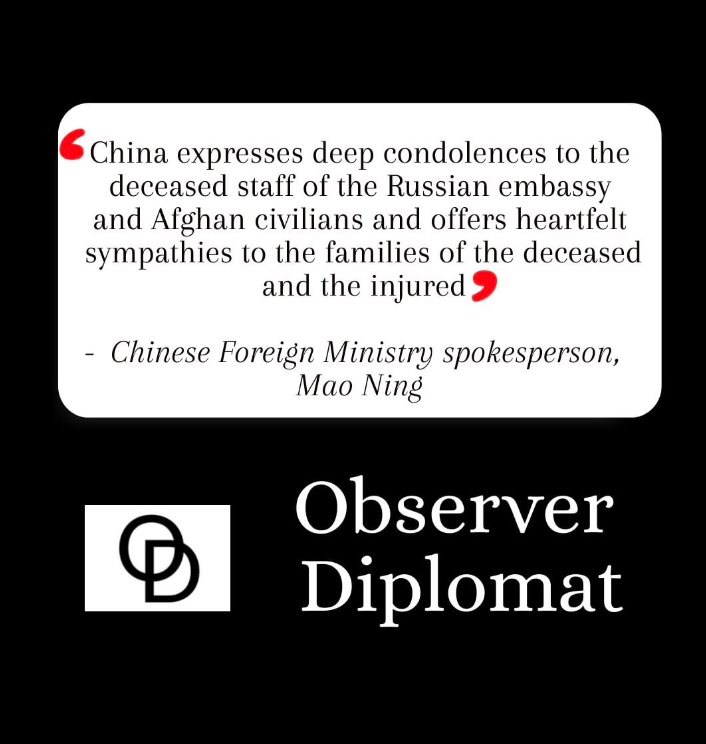“The Belt and Road Initiative is a boon to regional development and the world economy.” said Mao Ning, China Spokesperson.
BRI is making inroads into Europe, the Pacific and Latin America. There are 5 main projects BRI has developed: Railway to London, Gwadar Port, Railway to Iran, Asian Gas pipeline, Khorgos gateway. These projects are mainly related to infrastructure development in the transport, energy, mining, IT and communications sector but also cover industrial parks, Special Economic Zones (SEZ), tourism and urban development. Many of the BRI branded projects have already been started before 2013 but gained momentum under the Initiative.
Yiwu- London Route:
The first train made the 12,000km, 18-day journey from China to the United Kingdom, making London the 15th European city with direct rail links to China. The train heads to Zhengzhou, a rapidly-growing city on the southern banks of the Yellow River.
The train then passes through Baoji, Tianshui, Lanzhou and Zhanye, cities along China’s huge industrial belt, which have some of the worst air quality in the world. Ten of the world’s top 20 most polluted cities are in China.
Then it passes through Xinjiang, an autonomous region in northwest China, is a vast area of deserts and mountains which is home to many ethnic minority groups. The route crosses 2000 km of the former Soviet Union but passes through only two large cities: the old Kazakh capital Almaty, and Astana, Kazakhstan’s modern capital. After entering Russia, the line crosses the Urals before arriving at Yekaterinburg, Russia’s fourth-largest city.
The Ural mountain range is viewed as the boundary between Europe and Asia. The route crosses the Volga River into Kazan, the capital of the Republic of Tatarstan, a semi-autonomous region in Russia. The centuries-old Kazan Kremlin is a fortified citadel containing museums and sacred sites. Then Moscow.
After passing through the capitals of Russia and Belarus, the train enters Poland. It must switch train gauges — a process it last carried out more than 4000km ago, back in the China-Kazakhstan border city of Khorgos.
Then it cross GermanyIt is involved in five railway projects under the belt and road initiative, which will link five German cities with Chinese centres: Leipzig-Shenyang, Duisburg-Chongqing, Hamburg-Zhengzhou, Hamburg-Harbin and Nuremberg-Chengdu.
After 18 days and 12,000km, the containers finally reach their destination: London.
Gwadar Port (China Pakistan Economic corridor):
China-Pakistan Economic Corridor is the biggest project under the belt and road banner.
It starts from Kashgar, an oasis city in China’s Xinjiang region with a history stretching back more than 2000 years.
Then it goes through the border Pakistan India, Gilgit-Baltistan part of the Kashmir region, which is disputed by India and Pakistan.
Then Islamabad Pakistan’s capital city, Lahore, and Karachi.
Finally, Gwadar Port in Baluchistan province is a main feature of the China-Pakistan Economic Corridor.
Railway to Iran (CHINA – IRAN RAILWAY NETWORK)
Trains travel from the western region of China to the Khorgos Gateway by crossing into Kazakhstan along the former Soviet train network.
Uzbekistan has large gold and uranium deposits, as well as considerable oil and natural gas reserves. After leaving Arys the railway enters Tashkent.
Travelling south, the train line passes through Samarkand, one of the oldest inhabited cities in Central Asia, which is another UNESCO World Heritage site.
As the railway lines traverse Uzbekistan and Turkmenistan the route travels through a number of historical cities such as Bukhara. UNESCO lists the historic centre of Bukhara as a World Heritage Site.
Turkmenistan has been a major beneficiary of this initiative due to its vast energy reserves.
After the railway crosses into Iran the first city of note will be Iran’s “spiritual capital”, Mashhad. Before the train reaches its destination of Tehran the route crosses through Sharud, known as the ‘Grape City’
Finally it arrives to Tehran.
Asian Gas pipeline
The Central Asia–China Gas Pipeline is a natural gas pipeline system developed as an extension of an earlier pipeline begun by the Soviets when a huge natural gas deposit was discovered in Turkmenistan’s Dzharkak field in the Amu Darya Basin.
The Chinese commitment has given Turkmenistan’s energy sector a much-needed boost, not just through increased production but by also bringing Turkmenistan’s vast natural resources to market via the Central Asia-China Gas Pipeline.
Khorgos gateway
The Khorgos Gateway connects Kazakhstan to China by rail.
Railway lines in China use the standard West European railway gauge of 1,435mm having been originally designed, built, owned and operated by foreign companies.
















